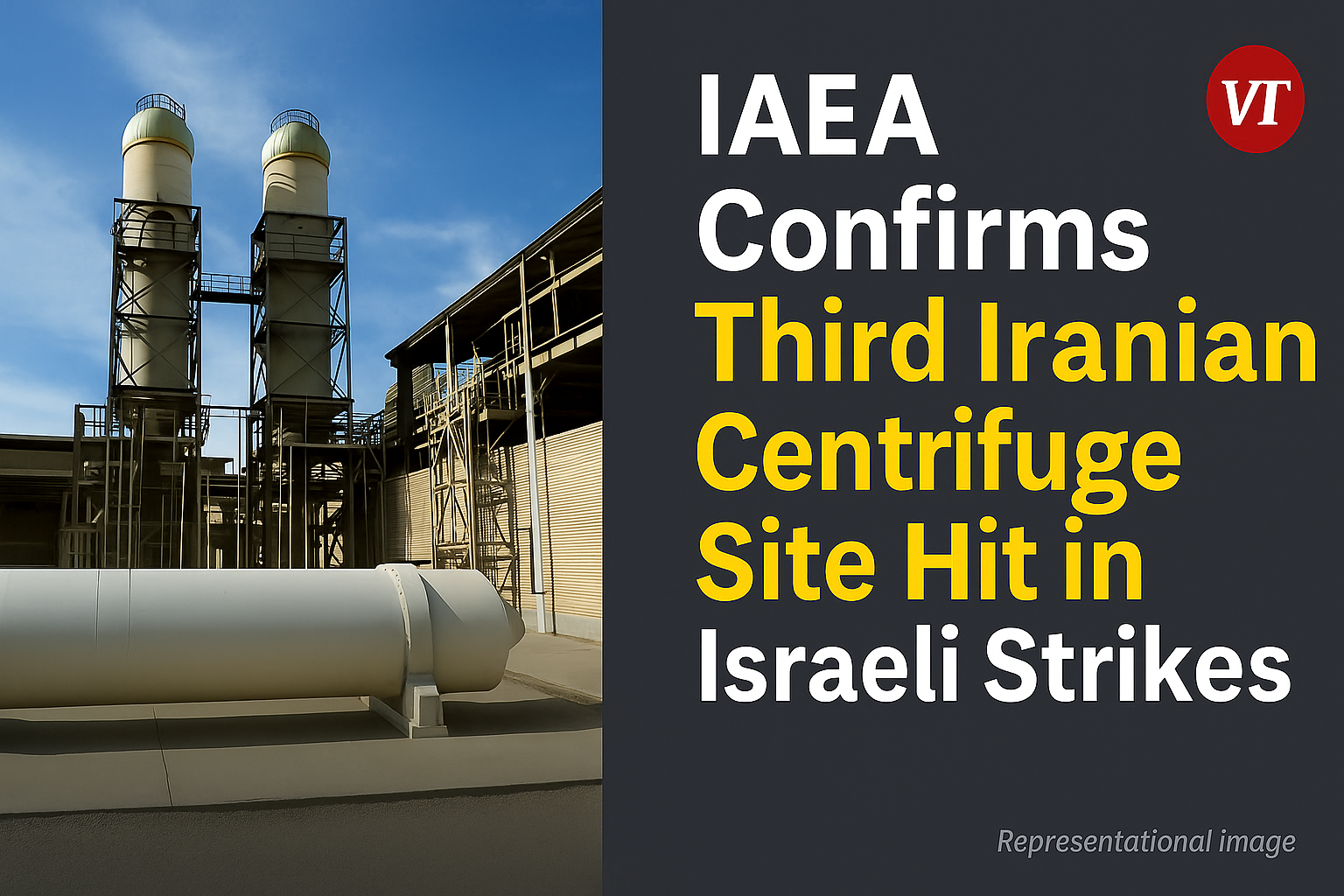Why it matters
The International Atomic Energy Agency (IAEA) confirmed Saturday that a third Iranian centrifuge production facility has been struck by Israeli airstrikes. The attacks, which began on June 13, are targeting Iran’s nuclear infrastructure amid growing regional hostilities. Although no radiological release has been reported, international nuclear safety officials are warning of potential consequences.
Driving the news
According to the IAEA’s official June 21 update, a centrifuge manufacturing workshop in the city of Esfahan was hit this week—the third such site targeted during the ongoing Israeli strikes on Iranian nuclear-related facilities.
“We know this facility well. There was no nuclear material at this site and therefore the attack on it will have no radiological consequences,” said IAEA Director General Rafael Mariano Grossi.
The facility in Esfahan had been under IAEA monitoring as part of the Joint Comprehensive Plan of Action (JCPOA), using installed Agency cameras for verification prior to the attack.
Catch up quick
- The Esfahan workshop manufactured centrifuges used for uranium enrichment.
- Two other facilities—one in Tehran and another in Karaj—were also struck earlier this week, both involved in advanced rotor and component manufacturing.
- No nuclear materials were present at any of the sites, and there has been no confirmed radiation exposure to the public.
- The IAEA is continuing to monitor additional Iranian nuclear sites, including those in Arak, Natanz, and Tehran.
The big picture
The series of Israeli strikes has significantly degraded nuclear infrastructure safety conditions in Iran, according to the IAEA. In a briefing to the United Nations Security Council, Director General Grossi warned that continued attacks increase the likelihood of a future radiological incident, even if none has occurred yet.
While Iran maintains that its nuclear program is peaceful, the airstrikes signal Israel’s growing concerns about the country’s uranium enrichment capabilities and potential breakout capacity.
What to watch
Global nuclear oversight bodies and international diplomatic channels are closely watching further developments. Any radiological contamination or miscalculated strike could trigger a global emergency response. The IAEA is expected to release additional updates as it continues inspections and monitoring.

